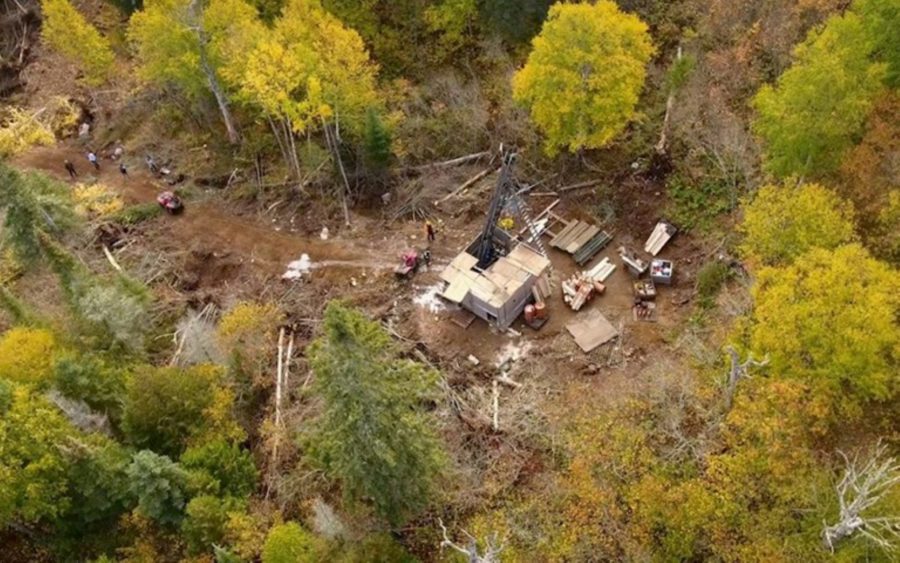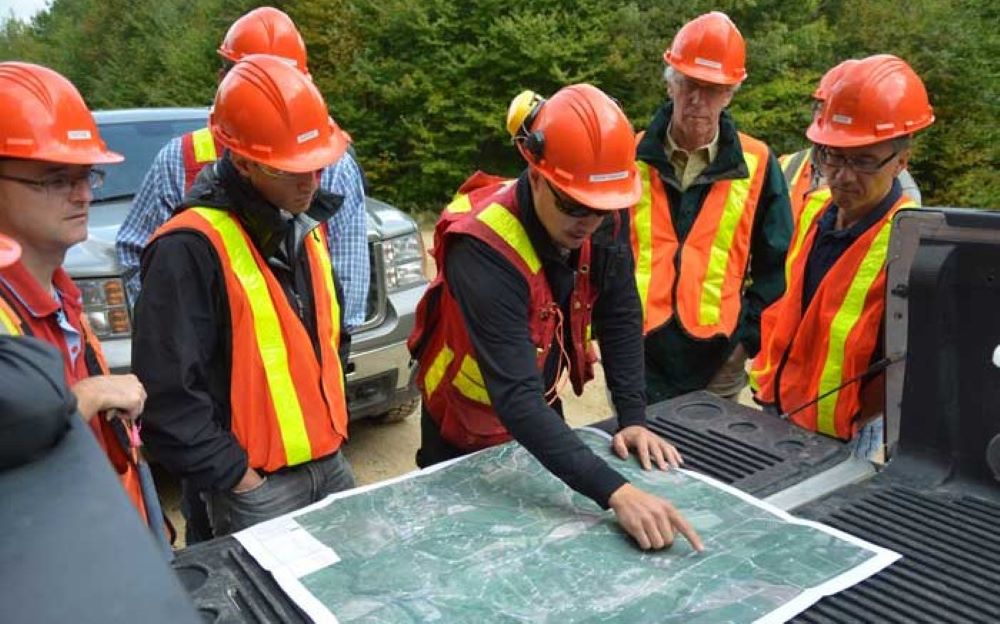Three mining trends to watch for in 2022
Warning: This article references ESG but there is substance; continue reading.

The intensifying focus on Environmental Social and Governance (ESG) factors will underpin the acceleration of three interconnected trends for the Canadian mining industry in 2022:
> Capitalizing on an ESG narrative and opportunity
> Water use and innovation
> Canada’s regulatory framework and reconciliation
These trends are not emerging; rather the legal and policy developments in these areas are rapidly increasing.
Capitalizing on an ESG narrative and opportunity
The Canadian mining ESG narrative and opportunity is at least two-fold: (1) the global transition to a lower-carbon future requires the metals and minerals it can produce; (2) Canada can produce and manufacture these metals and minerals sustainably – and with one of the lowest carbon footprints in the world. Although this narrative has been touted by the industry for some time, it is increasingly being absorbed into the mainstream policy discourse, which optimistically may be an impetus for policy action in support of mining investment. The public increasingly is “getting” how Canadian minerals are critical inputs for everyday products, for example: cobalt, lithium, copper, and nickel for electric vehicles, and tin, tantalum, tungsten, and gold for their iPhone.
A strong commitment to ESG measurement and performance will strengthen the brand of the Canadian mining industry. Utilizing ESG standards, frameworks, and ratings is not new to this industry. For example, the Mining Association of Canada’s Towards Sustainable Mining (TSM) program established in 2004 addresses the environmental and social pillars to help ensure that Canadian miners are producing in the most responsible manner. A concerted effort has been made by the industry to have TSM and similar standards adopted and recognized by other jurisdictions. The strong leadership and performance of the Canadian mining industry in ESG-related metrics constitutes a competitive advantage that may be realized, for example, by becoming a preferred supply partner.
Water use and innovation
Mining’s use of, and impacts to, water are well known. However, there is an increasing government focus on rejuvenating water conservation and watershed management, including through significant regulatory proposals such as establishing a Canada Water Agency, the proposed Coal Mining Effluent Regulations, provincial initiatives to develop watershed security strategies and selenium management.
British Columbia, for example, has prepared a discussion paper on developing and implementing a Watershed Security Strategy and Fund, which includes as target outcomes the development of watershed governance and approaches, resetting the water supply and demand relationship, and related collaboration with Indigenous peoples in line with the government’s commitment to the United Nations Declaration on the Rights of Indigenous Peoples (UNDRIP). A draft Watershed Security Strategy is expected to be released in fall 2022. Implementation of the strategy will have significant implications for land use and water use planning, and therefore the mining industry.
Miners in turn have been focused on water stewardship, and research and development (e.g. decreasing water use and wastewater treatment reuse) as both regulatory constraints and public expectations to go beyond legal compliance increase.
Canada’s regulatory framework and reconciliation
The federal mandate letters issued by the Prime Minister to his ministers in December 2021 foreshadow that the pace of significant regulatory and policy change will continue. These changes will have significant implications for both project development and operations, as well as investments into the industry. Along with the ongoing work to implement UNDRIP, development of a National Benefits Sharing Framework, further Crown and First Nation co-management, and collaborative decision-making will see significant changes to how decisions are made and regulatory conditions applying to the mining industry.
The shift from Indigenous engagement to joint decision-making is accelerating. As the federal government attempts to launch its Canadian Critical Minerals Strategy to supply the green and digitized economy, improve supply chain resiliency, and position Canada as the leading mining nation – getting mines developed in a timely and efficient manner will be a key success factor.
This said, just because it is green does not mean the project will obtain Indigenous nation support, and just because it is supported by the Indigenous nation does not mean it will be supported by environmental NGOs. Success in permitting critical projects will require industry, governments, and Indigenous peoples to work together to align objectives and interests, and to achieve shared progress.
SHARON SINGH is a partner with Bennett Jones based in Vancouver, and SERGE DUPONT is a
senior advisor with Bennett Jones based in Ottawa.





Comments